The Basilisk
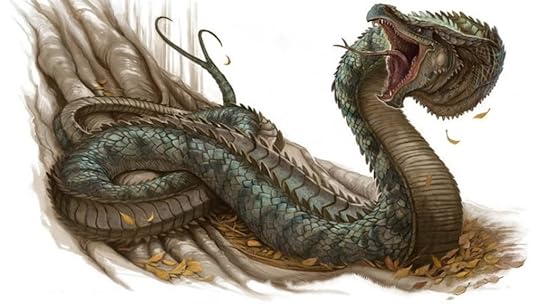
In Hellenic and Roman legend, a basilisk was a serpent-like creature capable of destroying other creatures with its deadly stare. It is said to be so venomous, it leaves trail of venom in its wake. But what inspired this great creature?
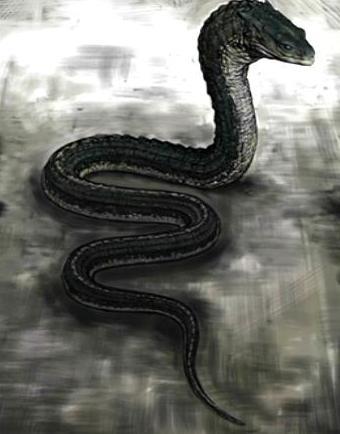
The Basilisk is known as the “King of Serpents.” In legend, it is a snake reported to reach gigantic size and live hundreds of years. The creature was born from a chicken’s egg hatched beneath a toad. Basilisks have deadly venom and fangs, and a murderous stare. Basilisks flees only from the crowing of the rooster, which is fatal to it.
The name basilisk comes from the Greek word basiliskos meaning “little king.” The animal is called “king” because it is reputed to have a crown-shaped crest on its head. In Medieval Europe, descriptions of the creature took on features of a variety of snakes in the area. Some even reported that it could breathe fire, though that was later attributed to Cockatrices.
One of the earliest accounts of the basilisk comes from Pliny the Elder’s Natural History, written in 79 AD. He describes a creature which “all who behold its eyes, fall dead upon the spot.”
But where did this creature come from?
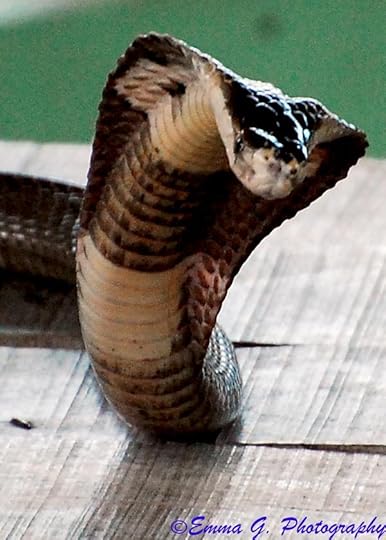
Some historians believe that the accounts and descriptions of cobras may have given rise to the legend of the Basilisk. Cobras can maintain an upright posture and are often killed by the weasel-like mongoose. King cobras also have the crested head. Spitting cobras can often incapacitate their prey from a distance and entrance their prey by staring at them in the eyes.
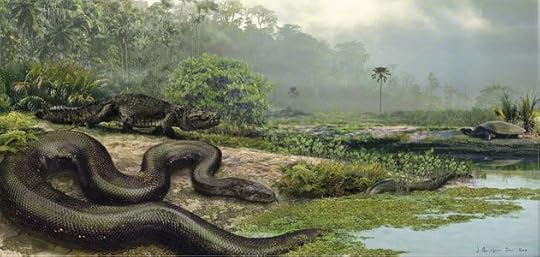
Other historians believe that the legends were derived from the bones of ancient, extinct snakes such as the Titanoboa. The Titanoboa is a genus of snakes that lived in what is now South America. They lived during the Mid-Late Paleocene (~60 – 58 million years ago). Titanoboa is considered to be the largest snake to have ever lived.
This animal could grow up to 12.8 m and weigh over 1,000 kg! It lived alongside ancestors of crocodiles and large turtles in swampy landscapes.
When Titanoboa lived, the Earth was much warmer than it is today, allowing these cold-blooded snakes to attain larger sizes.
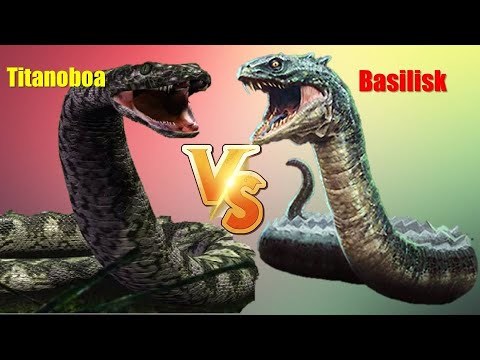
The Titanoboa has many similar characteristics as what the fabled Basilisk boasts. Like the Basilisk, the Titanoboa is very large and has big fangs. Scientists believe that the Titanoboa is more closely related to constrictors today, meaning that it would not be venomous. However, if ancient people only found their bones, they could have attributed venom to the animal based on other snakes found in their environment. Much like the Basilisk, the Titanoboa would have had large eyes, which may scare prey into freezing, like cobras do.
All in all, both creatures are fascinating. It is interesting to see how the skeleton of the Titanoboa could influence the myth of the Basilisk!
Sources:
Head et al., 2013
Makarieva et al., 2005
Pliny the Elder, Natural History.
Peter Costello (1979). The Magic Zoo: The Natural History of Fabulous Animals. Sphere Ltd.



